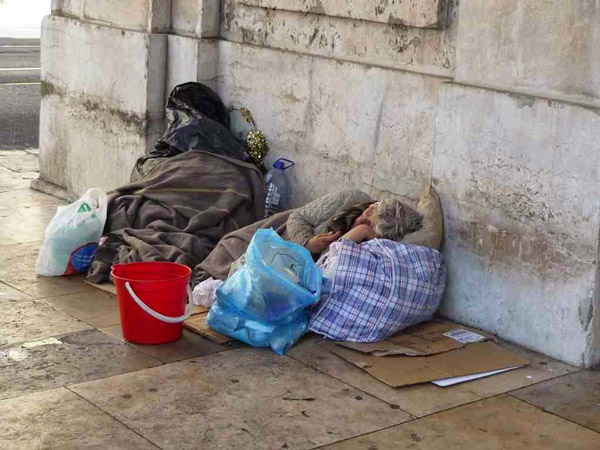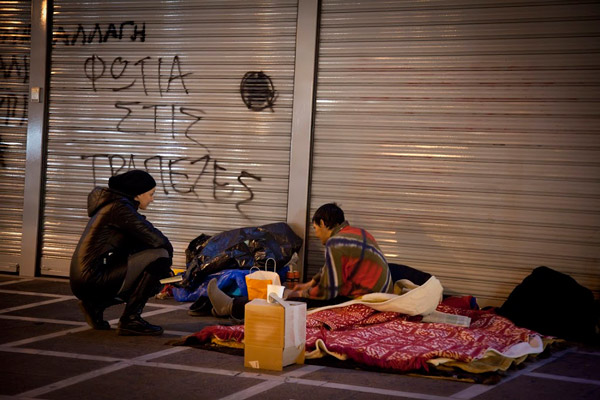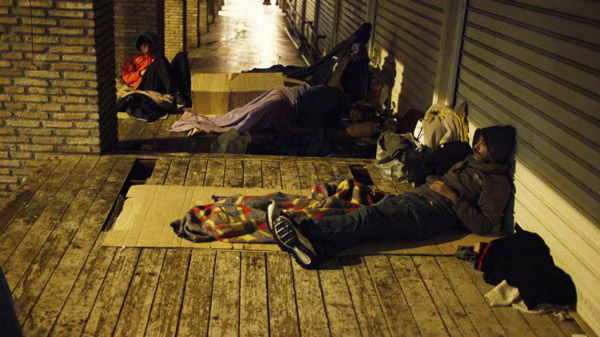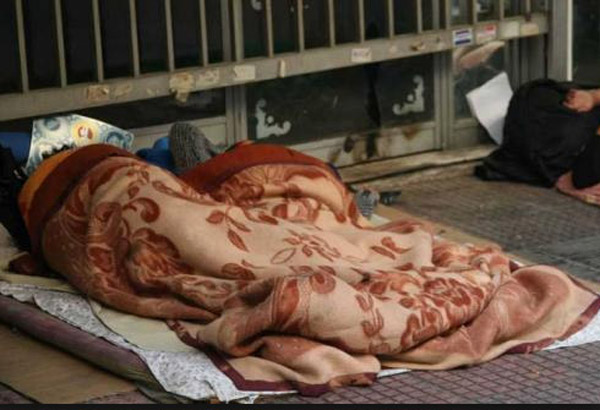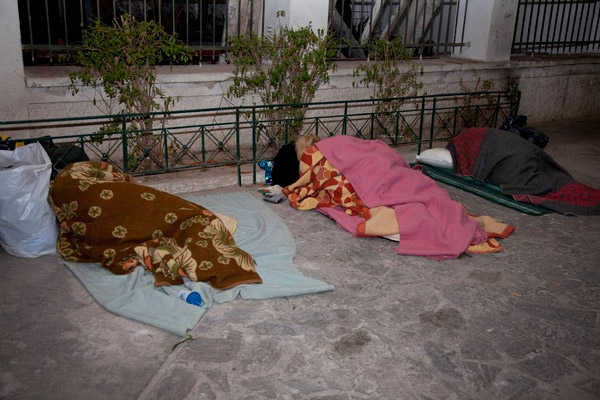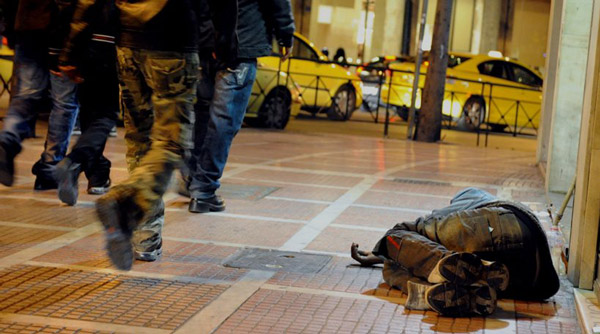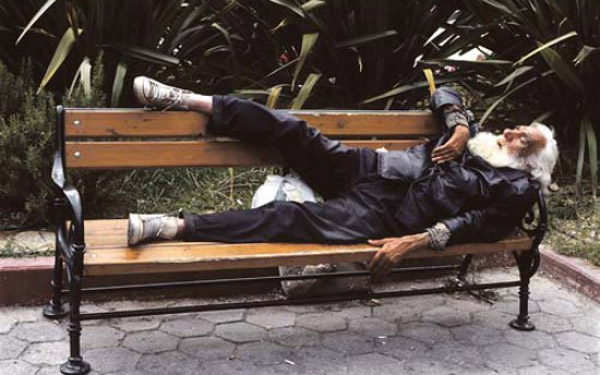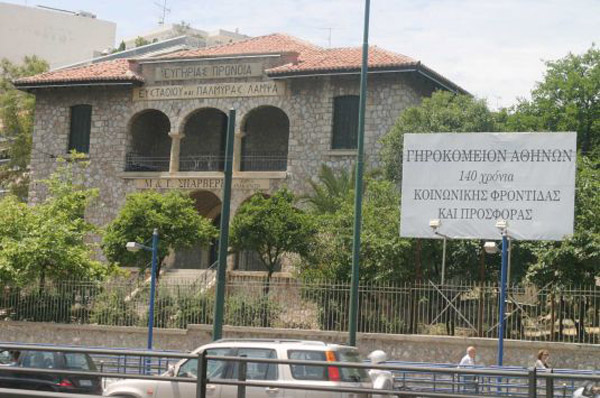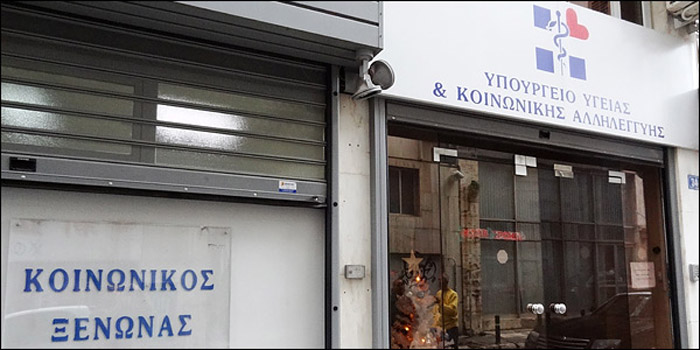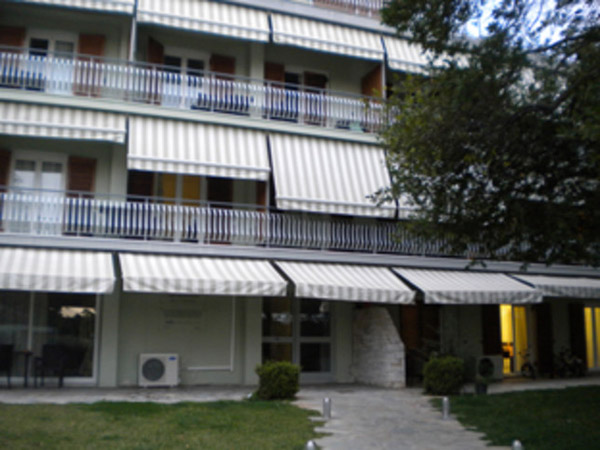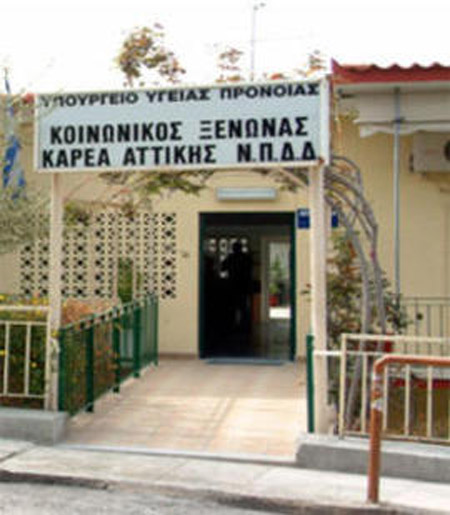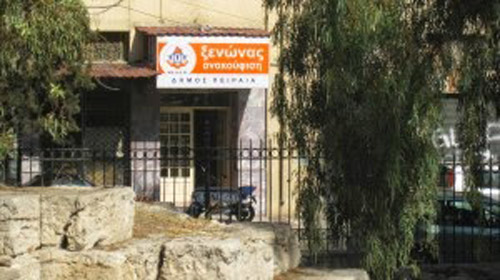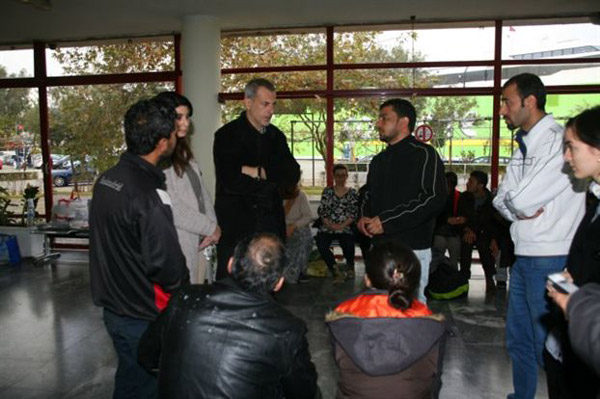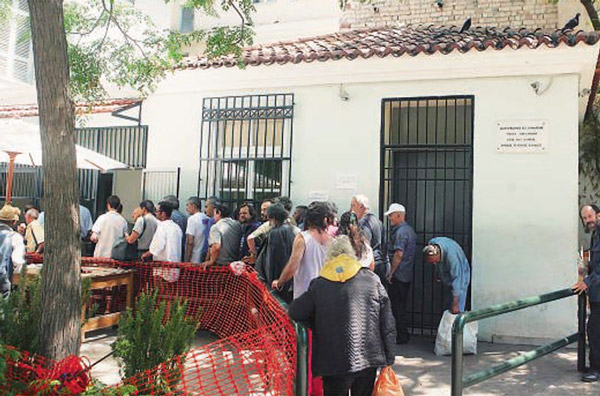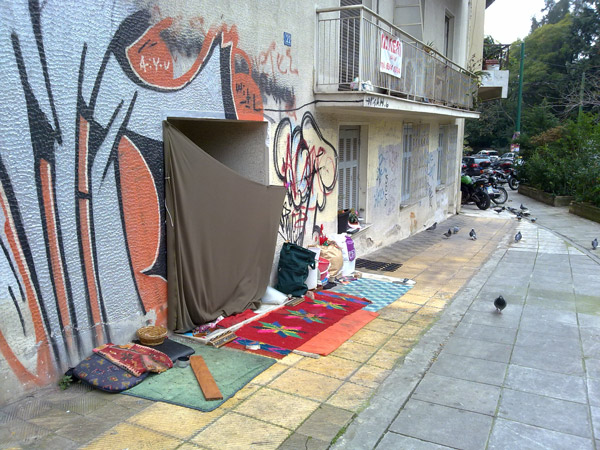The homeless: The increasing size of a vulnerable group
2015 | Dec
The homeless, as a distinct population group, appeared in the centre of Athens in the late 80s. There are many differences between them and the paupers who also lived the city centre. In general, this is a non-homogeneous population group that includes not only elderly men but also young people, women and even children, with various educational levels. The homeless in Athens do not only belong to groups which were historically the victims of social exclusion.
Their common feature is that they are all socially marginalised but have followed different life trajectories before losing the capacity to access regular housing. Other features include the evident difficulty in securing a stable job and the absence of aggression towards state institutions or other city residents. . Very often, homelessness is accompanied by chronic or acute health problems, often amplified by the difficulty of the affected population to access relevant public services.
The homeless include Greek citizens who have come to Athens to seek work but were unsuccessful, as well as undocumented immigrants, who face enormous problems, especially at the early stages of their settling-in period. A significant proportion of the homeless are former and current drug users who face difficulties in securing stable employment, but also ex-convicts and those with an institutionalisation record in general. Some of them, for example, are young people who are forced to leave orphanages because of age limits and have never been fully integrated socially or in terms of housing. There is anecdotal evidence that since the crisis begun the number of people who have lost access to housing due to unemployment has increased , although this problem has not yet been investigated systematically. However, a recent survey on forced evictions from primary residences during the last five years did not identify anyone becoming homeless due to their failure to keep up with mortgage repayments. However, the number of those evicted from rented housing increased significantly, although that trend slowed down in 2014.
According to FEANTSA (Fédération Européenne des Associations Nationales Travaillant avec les Sans-Abri), a homeless is not only someone who lives exclusively on the street. There are four distinctly different elements in homelessness: the complete lack of basic housing (physical inability to inhabit), the inability to lead a social life (social inability to inhabit), legally precarious housing conditions (legal inability to inhabit) and precarious housing conditions for technical reasons (technical inability to inhabit). The second category includes all kinds of collective households, residences for the elderly, shelters for abused women, etc., while the last two include many members of Roma communities living in makeshift shacks built on land that they do not own.
The homeless tend to gather and move around in public spaces, often in the outskirts of Athens city centre and especially in poor neighbourhoods. There are several abandoned buildings that could be used for accommodation in those areas, while these neighbourhoods also offer possibilities for some occasional income. Central or local administration services also exist in this zone. The services used by the homeless are mainly the shelters run by the Ministry or the Municipality, clinics, overnight stay centres – such as that of KYADA (City of Athens Homeless Centre) on Peiraios Street and other venues where free meals are provided. Organised venues where one can seek a job seem to attract fewer homeless people. This trend reinforces the concentration of homeless people in areas such as Koumoundourou Square, Votanikos, Metaxourgeio etc. The type of public space the homeless prefer to appropriate has to meet criteria such as low noise levels, safety, warmth in the winter, proximity to public transport, security for their scarce property during the day etc. For this reason, they seem to prefer benches or even grass in parks, wide pavements and sheltered spots in building fronts or on green spaces. We should mention that the winter of 2014-15 was the first time in history when the Region of Attica released information on heated spaces in Attica that could offer shelter for the homeless.
As previously mentioned, the economic crisis has increased unemployment rates, thus aggravating the problem of homelessness. This resulted in more homeless people living in public spaces. The severity of the situation was exacerbated by the absence of an adequate policy in relation to the integration of undocumented immigrants into the labour and housing markets as well as into their host society more broadly. Consequently, the need to develop and implement targeted policies to prevent homelessness but also to support the affected population is currently more pressing than it has ever been.
Entry citation
Sapounakis, A. (2015) The homeless: The increasing size of a vulnerable group, in Maloutas T., Spyrellis S. (eds) Athens Social Atlas. Digital compendium of texts and visual material. URL: https://www.athenssocialatlas.gr/en/article/housing-shortage/ , DOI: 10.17902/20971.3
Atlas citation
Maloutas T., Spyrellis S. (eds) (2015) Athens Social Atlas. Digital compendium of texts and visual material. URL: https://www.athenssocialatlas.gr/en/ , DOI: 10.17902/20971.9
References
- Sapounakis A (2001) Homelessness in a Mediterranean country: The case of Greece. Contributions in Sociology, Greenwood Press 135: 119–135.

